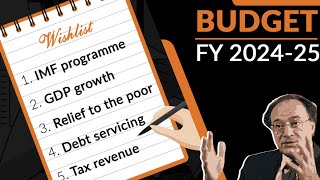The US Federal Reserve set Monday tough new capital surcharges for the country''s eight largest banks in a new post-economic crisis effort to reel in "too-big-to-fail" institutions. But of the eight, only one is currently below the new capital threshold: J.P. Morgan Chase, which needs to come up with an additional $12.5 billion in capital by January 2019, when the new rules will be fully phased in.
Besides J.P. Morgan, the institutions identified as global systemically important banks and subject to the new rule are Bank of America, Wells Fargo, Goldman Sachs, Morgan Stanley, Bank of New York Mellon, Citigroup and State Street. The rule is designed "to reduce the risks posed by a GSIB to US financial stability," the Fed said.
The extra capital required would help "to ensure that the GSIB has sufficient capital to continue its operations during times of stress and to protect the financial system from the spillover risks of its failure." Essentially, the new rule requires banks to increase their levels of equity to account for higher-risk activities, or to cut back those activities.
Since the rule was first proposed last year, all eight banks have taken action to meet the new standards, trimming in-house trading divisions, cutting exposure to certain high-risk financial markets, boosting long-term funding levels, and adding to their capital cushions.
BR100
7,720
Increased By
142.3 (1.88%)
BR30
24,737
Increased By
518.3 (2.14%)
KSE100
74,152
Increased By
1354.6 (1.86%)
KSE30
23,718
Increased By
505.2 (2.18%)






















Comments
Comments are closed.